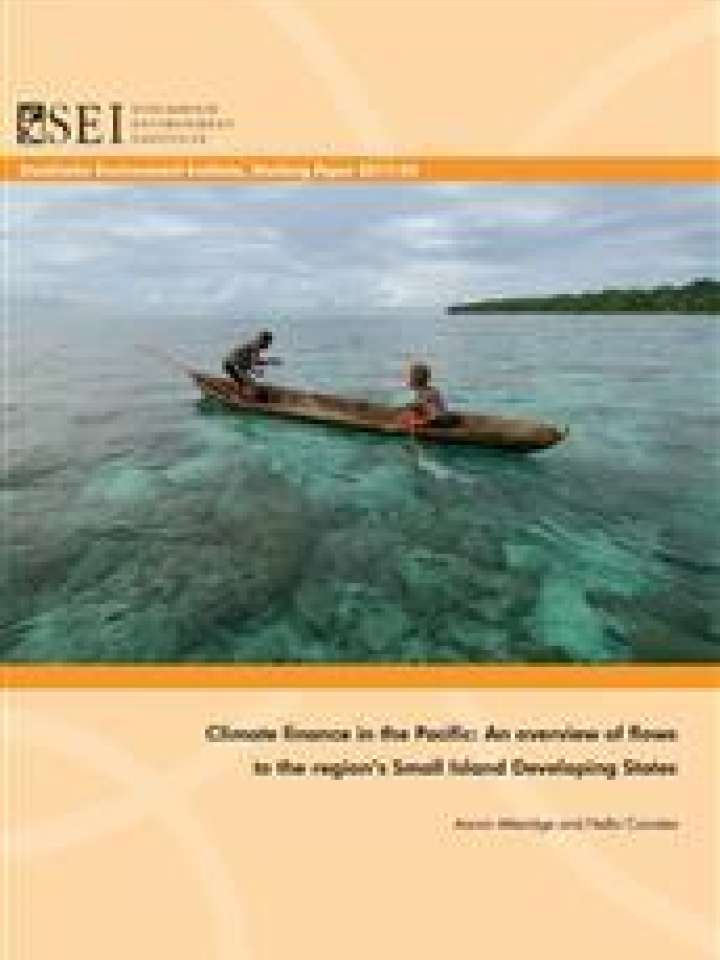Climate finance in the Pacific: An overview of flows to the region’s Small Island Developing States
Addressing the threats of climate change, particularly due to sea-level rise, will require a wide array of adaptation measures, at a cost that far exceeds many Small Island Developing States (SIDS) financial capacities.
This paper aims to address the lack of synthesized data on climate finance to the Pacific region by compiling and interpreting the available quantitative data on climate finance flows. The study synthesizes published data reported by donor countries and multilateral climate funds.
The study also examines the distribution of finance among recipient countries, the sources of finance, the share targeting adaptation vs. mitigation objectives, the spread across different sectors, the mode of delivery (e.g. project-based vs. direct budget support), and the types of intermediaries involved in programming the funds.
The report finds that it is necessary to develop a better understanding of the quantity of financial support but also the quality of spending. Countries and supporting regional organizations could work with the research community to develop a framework for sustainable spending. The ultimate goal against which climate finance needs to be measured is whether it is making a significant difference in the resilience of the social, economic and environmental systems upon which the Pacific Islands depend for a secure, prosperous future.
Explore further
